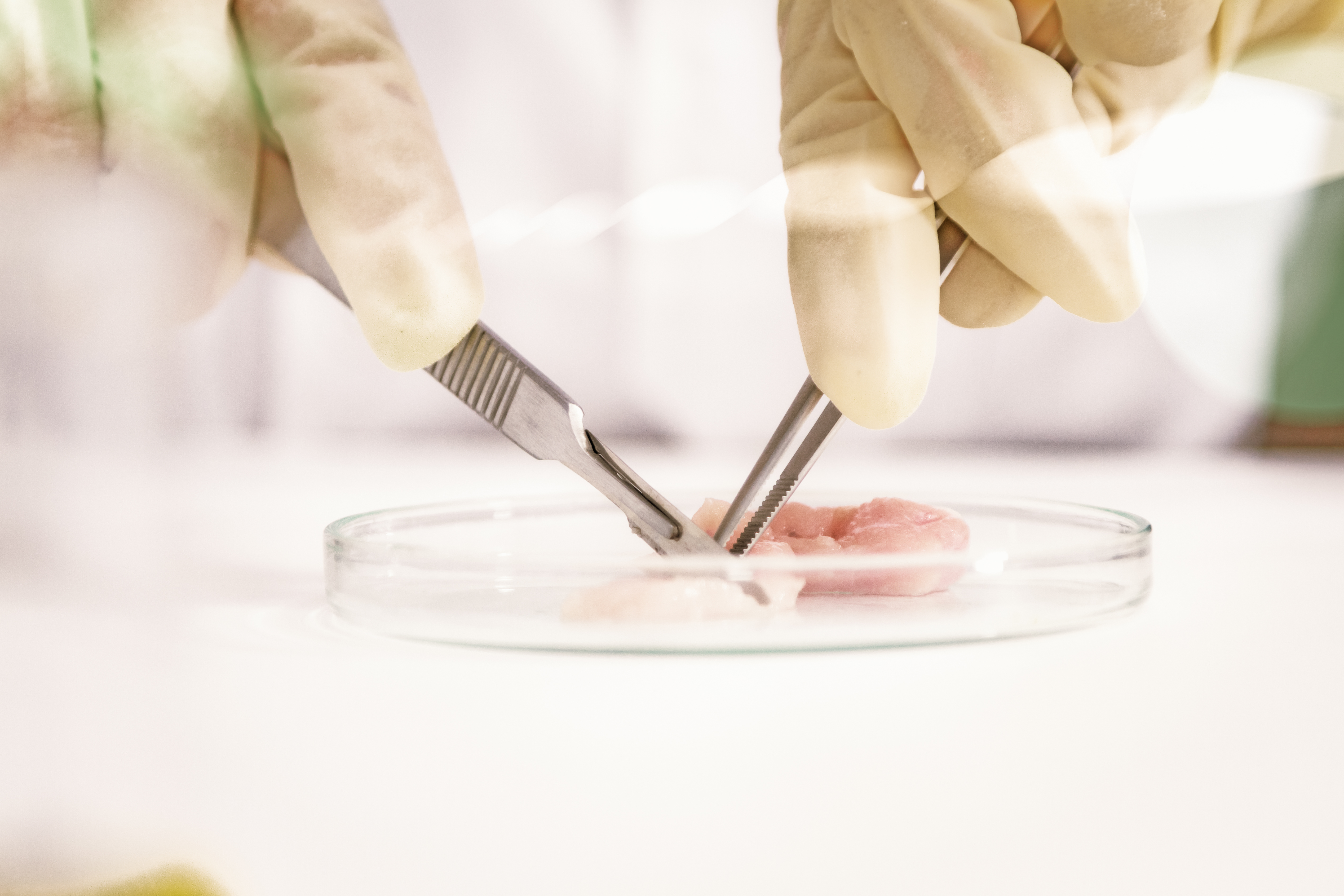Raw materials testing

Which lens do you view raw material testing through? Is it an avoidable expense or a strategic management tool for developing a sustainable business?
A centuries old tool
Many people might associate the testing of raw materials with modern quality assurance tools. However, the concept dates to the Middle Ages when craftsmen’s guilds tested the materials they used – for example in the making of leather shoes – to avoid waste and use of sub-standard materials. In modern industry, including the manufacture of pet food, raw materials testing is a well-established quality assurance tool that came to prominence throughout the 20th century. Important for all manufactured products, including pet food, the aim is to minimize waste and reduce the frequency of making ‘out of specification’ products due to raw materials ‘failure’. Not only is producing sub-standard products a waste of raw materials but it might also result in further cost (rework, scrap, recalls, etc.), and in customer complaints and damage to business brands.
Valuable business management tool
However, not all people see raw materials testing as a valuable quality and business management tool. How we see a raw material testing programme, depends on which lens we look at it through. For example:
- Regulatory perspective – Does the raw material meet regulatory requirements e.g. mycotoxins?
- Animal nutrition – Is the raw material digestible?
- Purchasing – Does the market price represent good value based on the raw material’s protein content?
- Manufacturing – Does the raw material meet the viscosity specifications to minimize the risk of spillage at the pouch filler?
- Least cost formulation – Does the overall raw material composition allow reduction in usage of other ingredients?
- Business efficiency – Opportunity to reduce waste and improve raw materials utilization.
Whilst these examples outline many of the business benefits that can be gained through raw materials testing, they fall short of highlighting its contribution towards developing a sustainable business.
This link is more evident when we consider the concept of Corporate Social Responsibility (CSR).
Corporate Social Responsibility
The International Standards Organisation (ISO) defines CSR as “a balanced approach for organizations to address economic, social and environmental issues in a way that aims to benefit people, communities and society.”
In addition, the ISO26000 standard defines CSR as “an organization’s responsibility for the impacts of its decisions and activities on society and the environment, through transparent and ethical behaviour that:
- contributes to sustainable development, including health and the welfare of society,
- considers the expectations of stakeholders,
- follows applicable law and consistent with international norms of behaviour,
- and is integrated throughout the organization and implemented in its relations.”
Considering both definitions together, the aim is to encourage organizations to take a balanced view on economic, social and environmental issues that benefit all stakeholders, from raw materials supplier to consumer (pet owner).
This includes energy efficiency and resource optimization, e.g. water and raw materials. To ensure optimal raw materials usage (efficiency) and avoidance of waste, analytical test data enables decision making on efficient resource utilization and therefore contributes to CSR. Analytical data includes both beneficial characteristics, e.g. protein content and undesirable constituents e.g. mycotoxins.
Market research data, e.g. demographics / age of pet owners, help us shape our business beliefs on CSR. For example, market research from GfK indicates that millennials (aged between 18 and 34) are influenced by socially and environmentally aware companies and might make purchasing decisions on this basis. This data backs a previous study by Wakefield Research in 2014, who also found that millennials’ buying decisions are influenced by companies with ‘strong’ social and environmental business ethics. They also have more spending power and own more pets.
CSR and quality
In 2011, a white paper by the non-profit global sustainability network and consultancy BSR and the American Society of Quality, highlighted the strong linkage between CSR and quality. This provides a mechanism for developing a sustainable business based on CSR, quality management and business efficiency principles.
Models based on business excellence awards like the US Baldridge Quality Award and the European EFQM Global Excellence Award can be used to help facilitate development of a sustainable business. These use ‘models’ for business excellence that develop business ethics, values and culture based on these interlinked principles and philosophy.
Through different lenses
Despite the many benefits, some people still question the business benefits of raw materials testing. However, take a step back and consider another factor: the costs of product withdrawal from the market, recall costs and the damage to the brand image due to raw material failure. The resulting brand image and brand equity damage can be significant and indeed the business might never recover from the impact of a major recall.
The lens you view raw materials testing through, helps define the business position on raw materials testing. Depending on how you view it, raw material testing can be seen as an avoidable cost or more constructively, as a valuable insurance policy or a resource for developing business sustainability.
